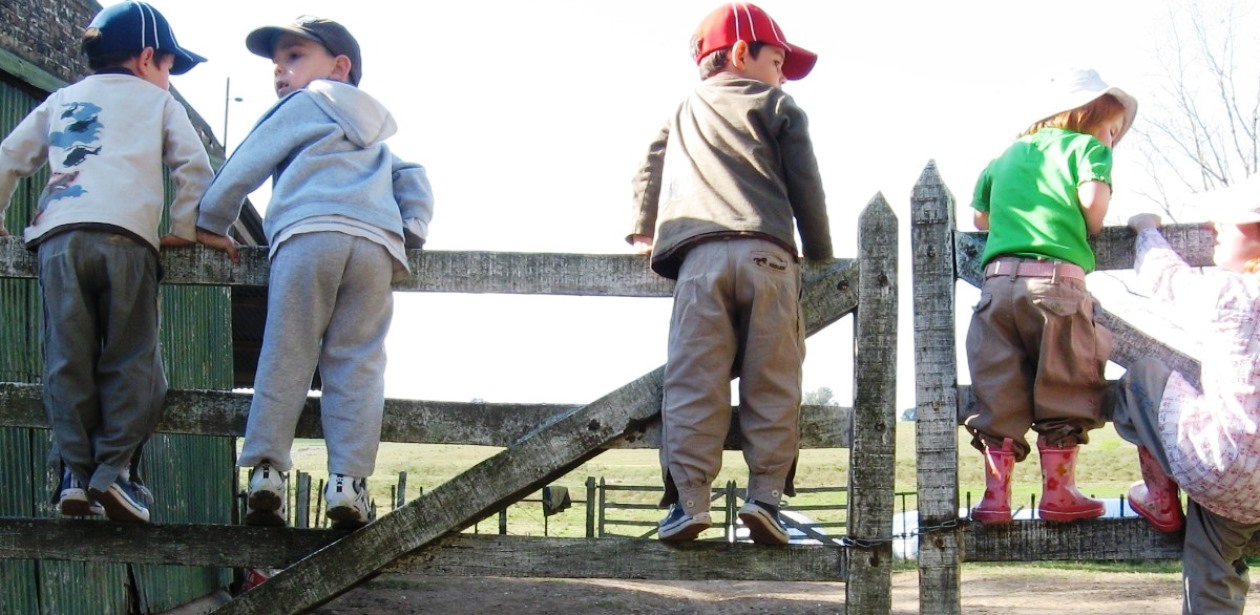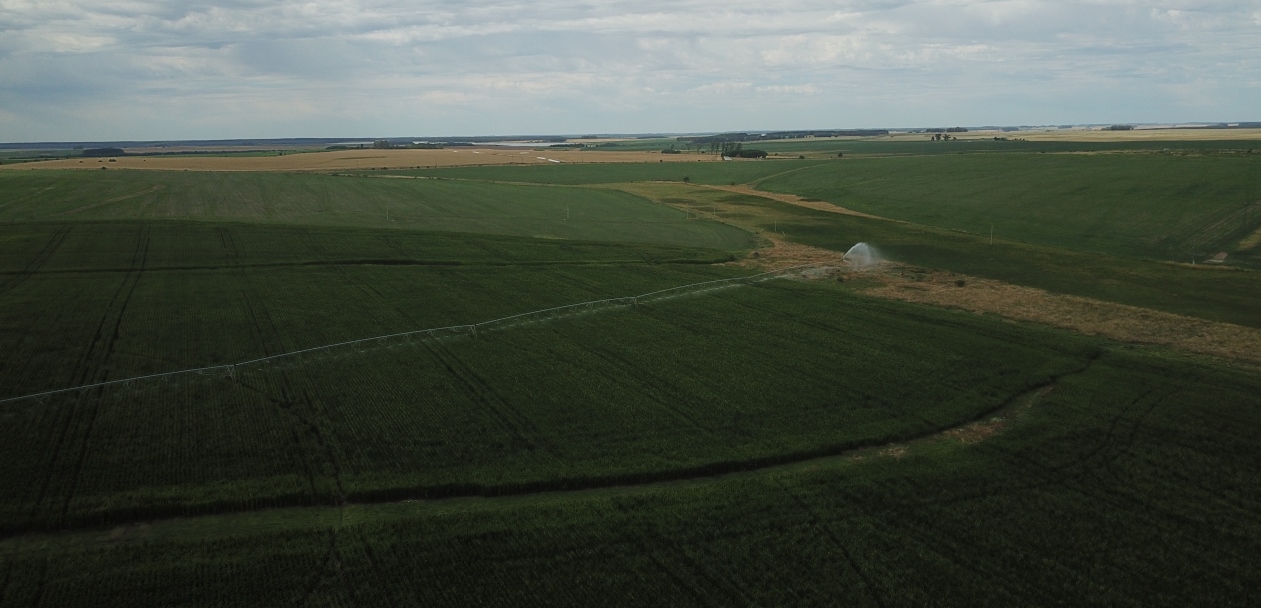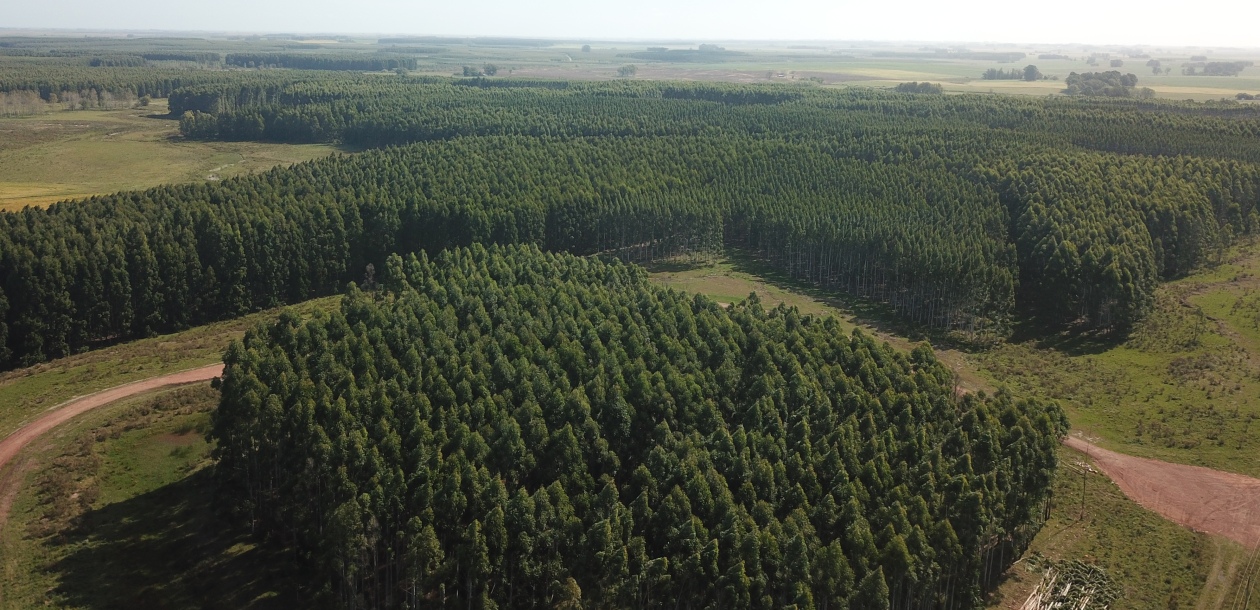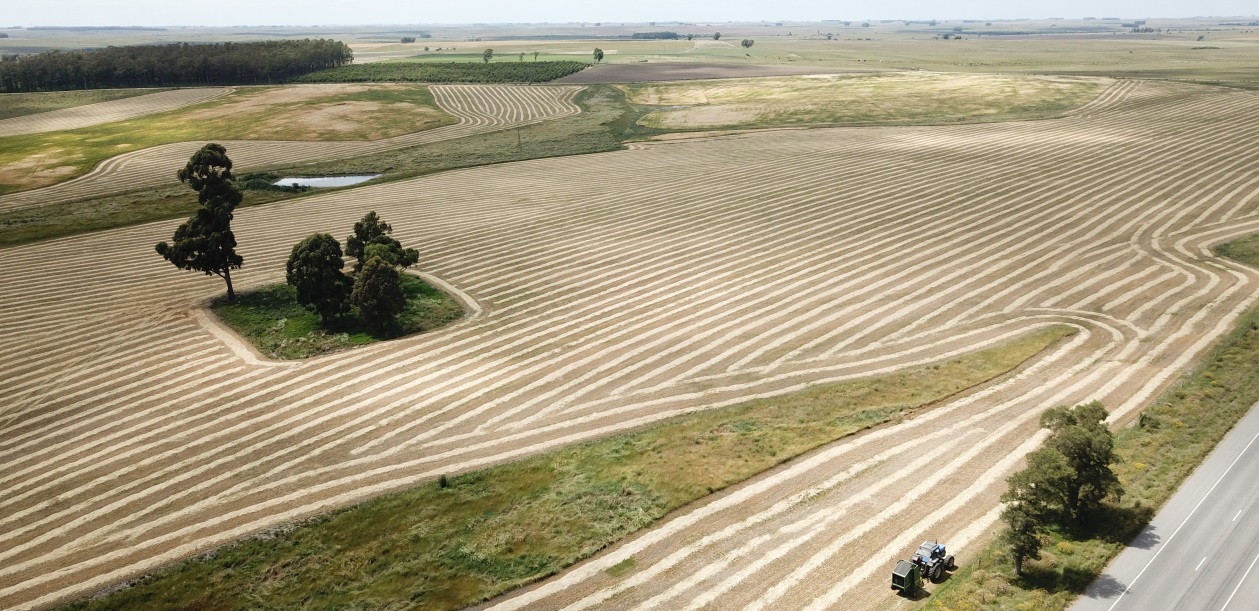This graph presents forestry plantations in different regions in Uruguay. The choice for a location is based on soil types and distance to industry. Some basics:
In Uruguay, you have a choice between eucalyptus for pulp industry, eucalyptus for manufacture industry or pine trees. As an investor, you can choose between already planted or empty land suitable for plantation. Planted but not yet harvested or already harvested once as eucalyptus regrows and has a second cycle. Another important decision is whether you want to lease the land or contract a forestry manager. This last decision makes a big difference in return on investment (lease 3.5% and hire an engineer on your behalf 7% without land appreciation).
Advantages of forestry investments are that the cost of maintenance and fire insurance is very low and also that livestock revenues are easily earned. After 10 years, you can have a first harvest and in year 21 the second harvest. In general, a second harvest has 75% yield of the first harvest, but without the cost of plantation. After 20 years you can plant new trees using the forestry lay out of the farm.
Advantage is the presence of internationally operating mills like UPM and Montes del Plata. However, there is also a good demand for export of chip to Portugal or quality wood for manufacture.
Types of soil and prohibition to plant on soils suitable for cropping. The forestry law of 1987 identifies soils types suitable for forestry and indicates where planting trees commercially is not allowed.
Roughly speaking, the most important regions for forestry are:
In the North (Rivera and Tacuarembó) mainly on soil type 7. Originally, mainly pine trees, but later also eucalyptus. Weyerhauser had very strong presence in this region. These assets are now mainly covered by Lumin. Lumin announced the investment in a large new plywood mill in Cerro Largo for 136 M USD in February 2023. Together with the investment in a saw mill in Tacuarembó by Arboreal since 2021, this means an enormous incentive for the timber industry in terms of infrastructure and diversification.
In the West (Rio Negro and Paysandú) one can find excellent soils for forestry, type 9. Plus the additional benefit of being close to UPM 1.
In the East (Lavalleja to Cerro Largo) soils are of a lower productivity and forestry is planted on hilly land. In general, lower % effectively planted plus higher cost of transport. Hence, lower land acquisition prices.
An area growing in forestry plantations is east of Durazno, north of Florida and west of Treinta y Tres. Soil type 8, sandstone which was used for row cropping during the soy boom a couple of years ago. The construction of UPM 2 is important for the development of forestry in this region. This pulp mill will start operations in March or April 2023.
Throughout the country, forestry is always combined with livestock. Besides the additional income, it helps for maintenance of the land. Obviously, this type of investment is popular as well for reasons of carbon sequestering. Development of carbon credit programs by small-scale investors is one of the challenges in the short term.






